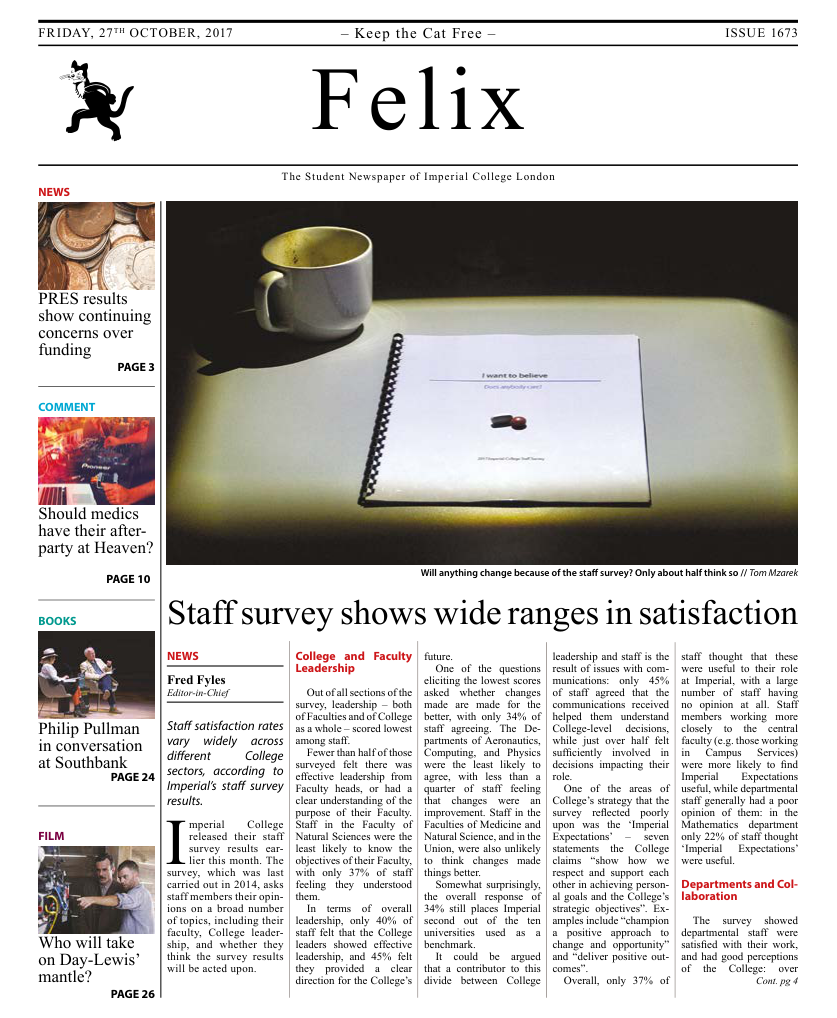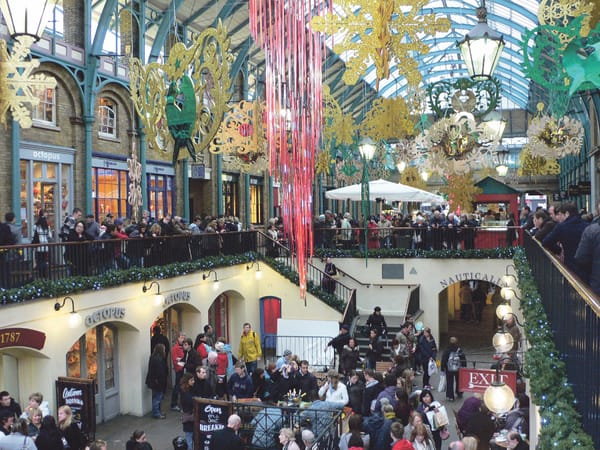Time to get your hops up: Felix’s guide to Hop-on Hop-off bus tours
When family or friends come to visit, fitting sightseeing into our busy schedules might be challenging. Bus tours to the rescue!

A Hop-on Hop-off bus tour is a city sightseeing tour, usually on a double-decker bus with the upper level left open. The tour involves a free audio guide in different languages, with the number and variety of the languages depending on the city that the tour bus operates in. In large cities, the buses are frequent during the high season and may have more than one route. What’s special about them is that you can hop on and off at various stops whenever you want throughout your ticket validity. 24h tickets are the most common, with 48h tickets also available in some cities.
When should I take a Hop-on Hop-off bus tour?
Such tours are incredibly useful when you have a limited amount of time to spend in a place you’re visiting. The tour usually lasts for one hour, but I’ve recently been on one that lasted for two hours, so you should check the time with the bus driver or other people working for the company. You can find tour operating times and ticket prices on the company’s website or spot them in advertisements across the city you’re visiting.
These tours are also a promising choice if you want to visit many different attractions that are far apart. There are cases when the public transport is not reliable or where you simply want to learn something whilst on the go, which you can do by listening to the audio guide on the tour bus.
What are the advantages and disadvantages?
Advantages of Hop-on Hop-off bus tours include visiting the major sights of a city in a short amount of time, while also hearing a few historical facts about them; connecting with the major city attractions; and having the choice of many different audio guide languages.
However, there are a few disadvantages. Firstly, weather conditions, such as bright sunlight, rain, and strong winds, can spoil your tour, especially when the bus is moving. Most buses don’t have a roof on the top floor, so when it’s hot make sure to bring a hat and wear lots of sun cream; and when it’s rainy, make sure to bring a waterproof jacket. I personally don’t recommend sitting on the lower level as the view can be limited. Secondly, the bus tours are generally not suitable for taking good photos. Finally, such tours can be expensive. However, some of them include discounts for other attractions when you show your bus ticket at the door or apply for a provided discount voucher online, so check this in advance. Ed: In London, day tickets cost around £30 per person, though they usually also include a Thames cruise, walking tours, and whatnot.

When to book?
Tickets can be bought anytime from the bus driver. However, advance booking is recommended, especially during the high season and for popular destinations. Online bookings may also offer a discount. But for some cities/companies, online booking may not be available, so buying tickets from the driver may be the only option.
How do I take better photos?
As mentioned earlier, bus tours aren’t good for taking photos. When you’re trying to take a photo, the bus will be moving, and when it stops, inevitably either a car or a tree will be blocking the view. So here are some tips:
Firstly, put your camera into standby mode, so you can act quickly when needed. Secondly, aim to take photos when the bus isn’t moving, e.g. at traffic lights, before making a turn, or at stops. Most buses stop at popular tourist attractions or even viewing points, though this is subject to the city and their regulations. Take advantage of all those stops and take a few photos if there’s anything special out there. Moreover, choose your seat wisely. On a full bus, this may not be an option, but if you take the bus from its starting point, you may have a few more choices. For instance, sitting in the front row gives you a full view of what’s ahead. The only disadvantages are that the front window usually isn’t clean, and you can also see your reflection when taking photos.
Finally, keep your camera still, like on the edge of the bus. WARNING: Only do this if your camera has a strap that you can wrap around your wrist/neck/shoulder, and remember to hold it tightly!
Ed: For more travel stories and tips, visit Elina’s blog at https://empnefsysandtravel.com/.








